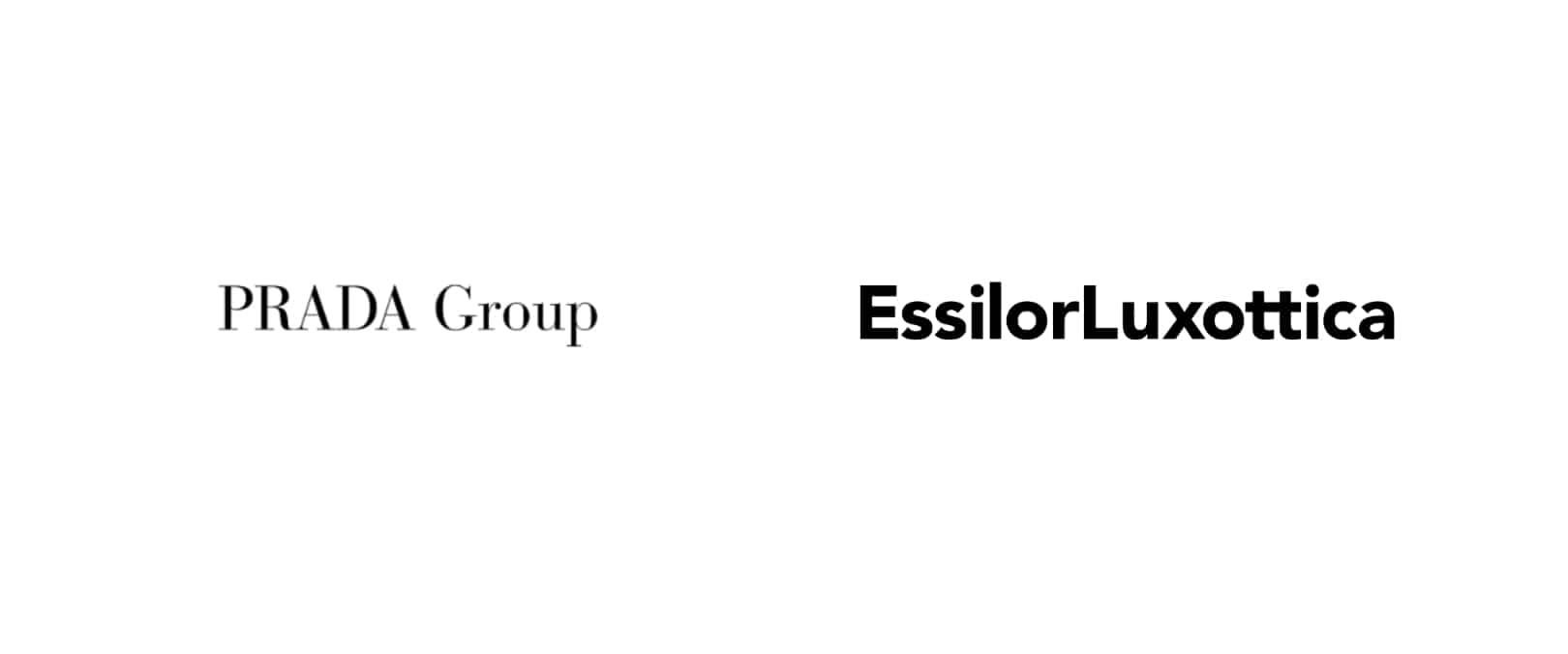First step toward a treatment for macular dystrophy
Sunday, November 3 2013 | 00 h 00 min | News
Researchers from the University of Pennsylvania took their first step toward a gene therapy that could prevent vision loss or even restore vision in individuals suffering from Best disease.
Also known as vitelliform macular dystrophy, the hereditary disease affects one in every 10,000 people. It especially affects children and young adults, and can cause severe central vision loss.
“Step one in designing a gene therapy for these conditions is to make sure that we can target the cells that are affected, and this is what our study has done,” says investigator Gustavo Aguirre. His team conducted experiments on dogs with canine multifocal retinopathy, which is similar to Best disease.
The researchers injected a health copy of the Best1 gene into the retina to replace the malfunctioning copy using a vector, a harmless virus. They used vectors rAAV2/1 and rAAV2/2 by loading them with either the human version or the dog version of the Best1 gene. They found that the gene went to the right place and remained stable for six months, indicating that the therapy is lasting.
However, the rAAV2/1 gene seems to have damaged the cones, which disqualifies it as a delivery vector for now. The rAAV2/2 vector did not produce this side effect.
Source:





